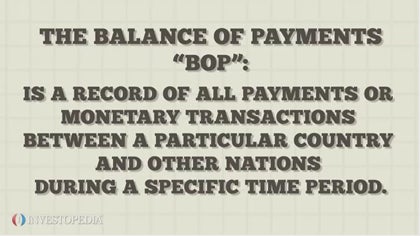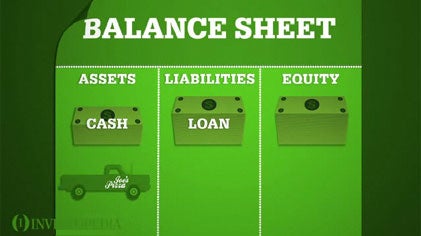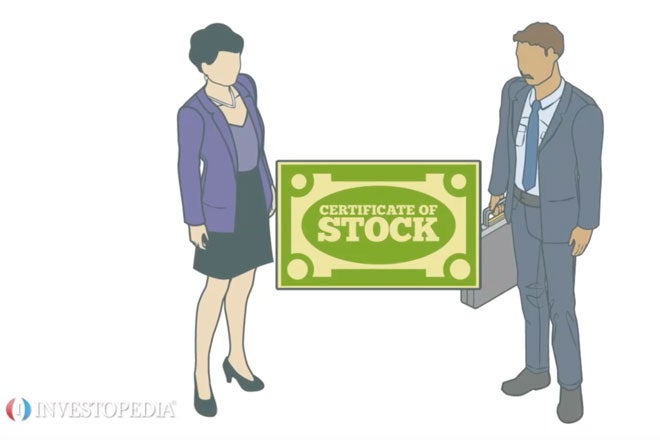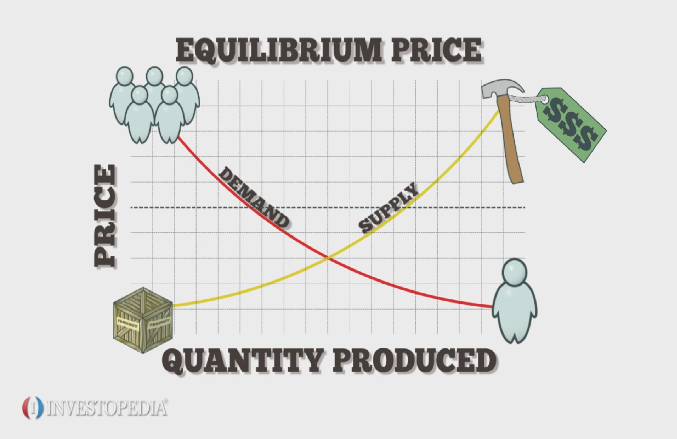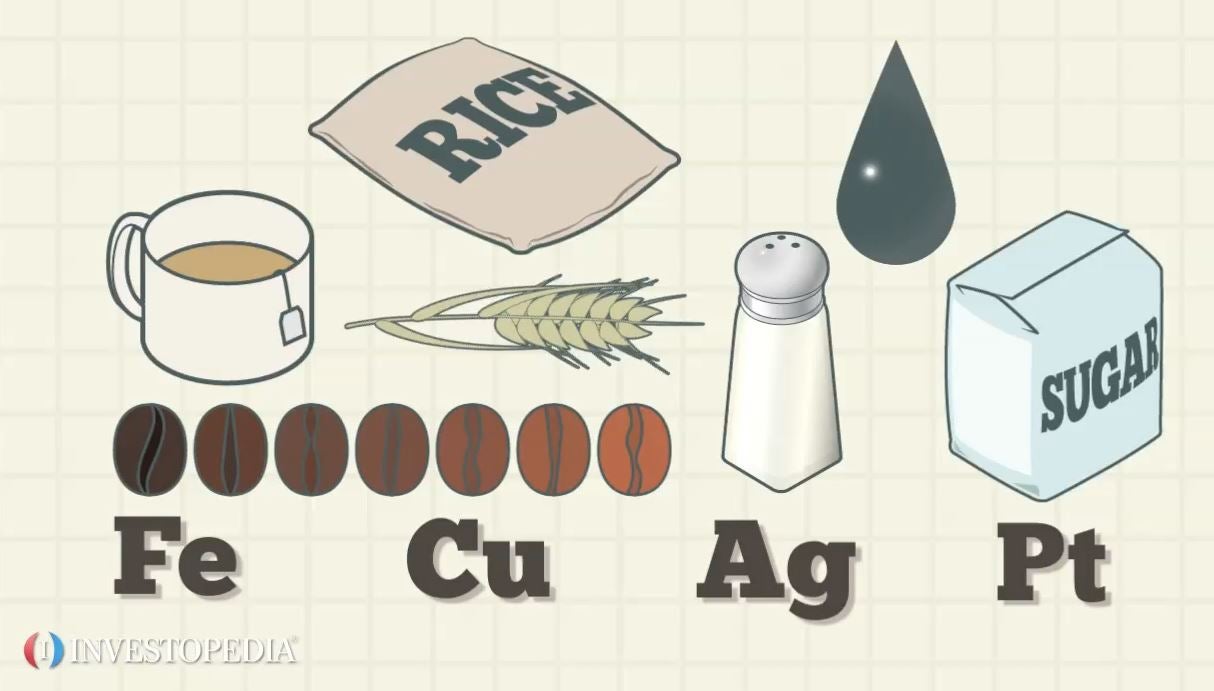The balance of trade is the difference between the value of all the goods and services a country exports and the goods and services it imports. The balance of trade is the largest and most important part of a nation’s current account. A country that exports more than it imports creates a positive balance of trade, which is called a trade surplus. When a country takes in more than it exports, it has a negative balance of trade, which is called a trade deficit.Whether or not a trade deficit or surplus is a bad or good thing depends on the current phase of a country’s business cycle. In an expansionary phase, a trade deficit is actually a good thing because, as more goods are imported, prices stay low due to the increased competition. A trade surplus helps during a recessionary phase by creating jobs and increasing demand for goods. Some of the factors that influence the balance of trade are currency exchange rates, tax-based trade restrictions, production cost differences between the importing and exporting countries, and political based barriers to trade. The balance of trade is very difficult to calculate due to recording and data collection problems. In addition, significant black market activities lead to some activity being recorded in one country but not another, which creates an imbalance in the overall total of all the world’s trade balance accounts.
